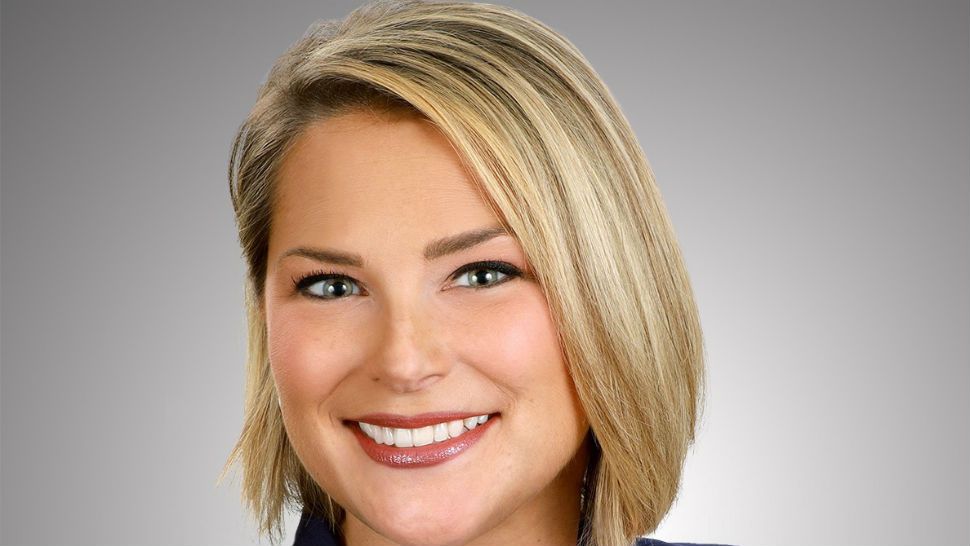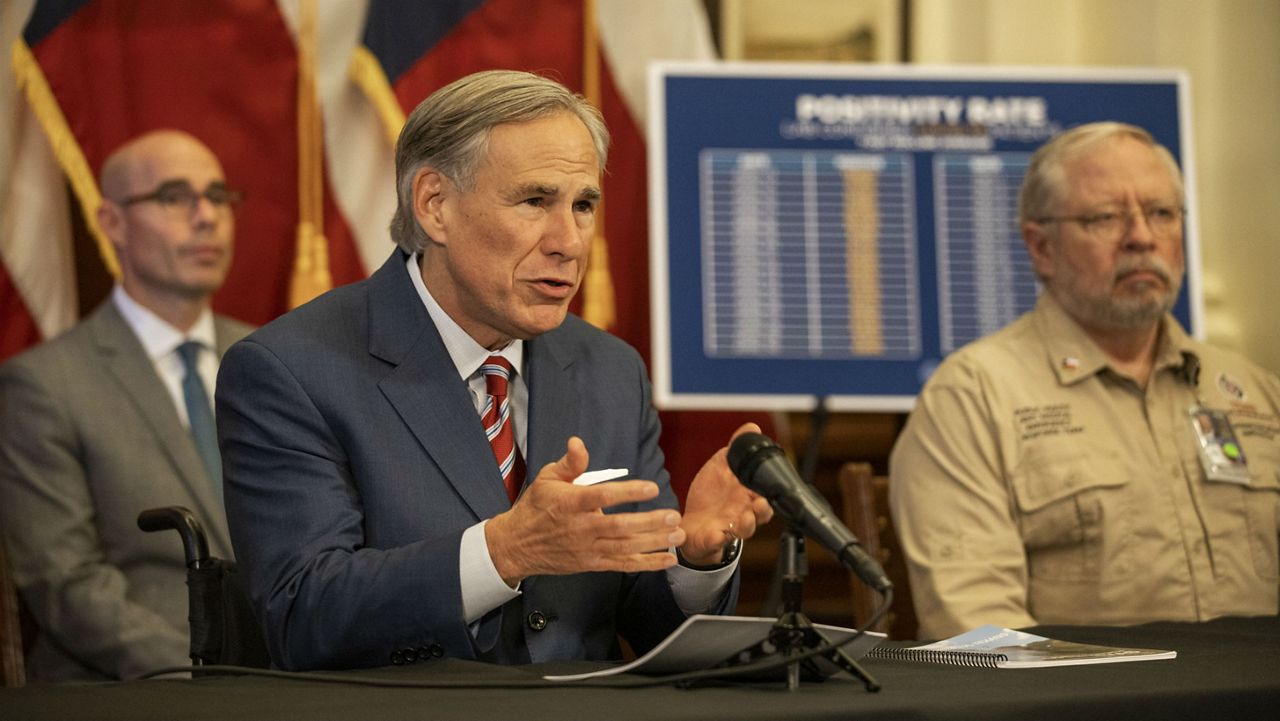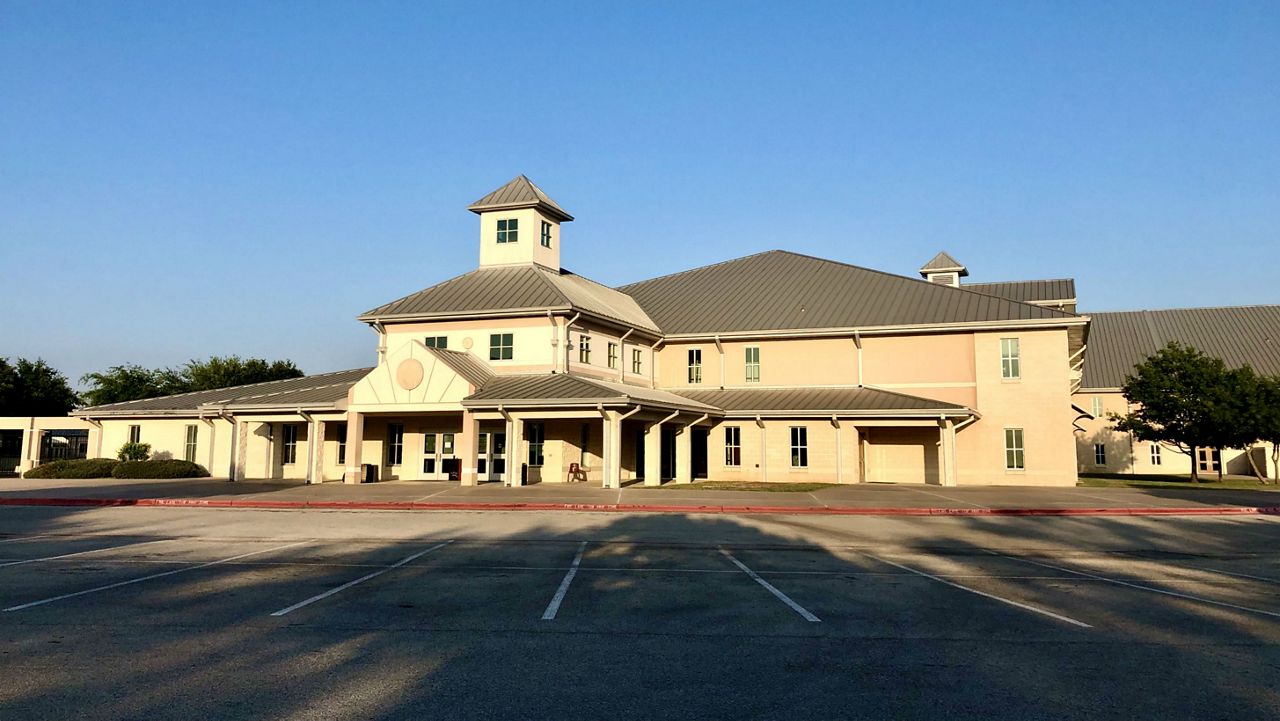ARLINGTON — As Texans emerged from weeks of COVID-19-related isolation, millions of people flocked to shopping malls, restaurants, salons, and other businesses. Many were cautiously giddy to resume some kind of normalcy. Standing in the way of that happy prospect were scientists and concerned local, state, and federal officials.
What You Need To Know
- There are currently 4,389 COVID-19 patients hospitalized statewide, up from 2,793 just two weeks ago
- Texas has joined California, Florida, Illinois, Massachusetts, and New Jersey as the only states that have surpassed 100,000 cases
- Wearing a mask reduces COVID transmission by 85 percent
- Tarrant County joined Bexar and Dallas counties in requiring people to wear masks
In the country’s current political climate, the decisions made at every government level become instantly controversial. Even low-impact, mildly inconvenient initiatives like trying to get people to wear masks in public or stay six feet away from each other can turn into a call to arms from leaders all over the political spectrum.
Infectious disease experts decried Gov. Abbott’s plan to reopen the state as needlessly risky. With mounting pressure from Washington D.C. and state Republicans to jumpstart the worst economic downturn in almost 100 years, the governor decided to initiate what many observers called an arbitrary timetable to get the money flowing again.
Texas was one of the first states to reopen, following Georgia down into that coal mine in early May. Given the dramatic infection numbers, many public health experts have openly criticized Abbott for kowtowing to political pressure and reopening the state too soon.
In the early days of the pandemic, national public health officials laid out guidelines that said states could safely reopen after a two-week decline in positive cases. Texas did not follow those guidelines but should have, according to Dr. Erin Carlson, associate clinical professor and director of graduate public health programs in the College of Nursing and Health Innovation at The University of Texas at Arlington.
“As a public health professional, I believe in following sound, evidence-based public health guidance, but I am not trained in economics,” she said in an email. “Thus, barring the important economic factors at play, I echo public health sentiment that states should have heeded the public health guidance to wait for a two-week decline in case counts before reopening. Failure to do so could undermine the efforts and economic sacrifices made during the initial stay-at-home order.”
Phase II of the state’s reopening relaxed restrictions on restaurant occupancy and allowed a slew of other businesses like bars, daycares, and massage parlors to reopen.
About two weeks after the phase began, COVID-19 numbers began to surge across the state at an alarming rate. After months of reassuring Texans that the virus was under control, Abbott paused the state’s reopening plan on Thursday.
He also ordered all hospitals in Bexar, Dallas, Harris, and Travis counties to suspend elective surgeries in order to keep more hospital beds open for Coronavirus patients. There are currently 4,389 COVID-19 patients hospitalized statewide, up from 2,793 just two weeks ago, according to the Texas Department of State Health.
More than 5,551 new COVID-19 infections were reported in Texas on Wednesday, which broke a record number of people who tested positive on Tuesday, which broke a record set the previous day. Texas has joined California, Florida, Illinois, Massachusetts, and New Jersey as the only states that have surpassed 100,000 cases. These numbers aren't just the result of more testing: The percentage of positive tests has ballooned from 4.5 percent to about 9 percent. Hospitalizations are also on the rise.
At the local level, Abbott opposed attempts by county and city officials to require everyone in their cities to wear masks in public – until he didn’t. Despite his objections, a few cities and counties passed temporary ordinances and orders making it mandatory to wear a mask at businesses open to the public. Wednesday, Tarrant County joined Bexar and Dallas counties in requiring people to wear masks.
“Wearing a mask has been found to be one of the most effective strategies to reducing COVID-19 transmission,” Carlson said. “Wearing a mask reduces COVID transmission by 85 percent. Given Bexar, Dallas, and Tarrant Counties’ orders to wear a mask, counties with high population density are starting to embrace masks as a means to decrease transmission and prevent over-burdening hospitals.”
Tarrant County Judge Glen Whitley, who signed the mask mandate, said he was hoping to avoid taking that step, but locals weren’t willing to mask-up voluntarily.
“We have been asking from the get-go for these people to wear masks,” he said. “We really thought they would be more apt to wear them if we asked them instead of ordering them to do it, but ultimately that didn’t work.
“Unfortunately, the mask deal went from making good common sense to –– because of some of our leaders both state and nationally –– it got to be a political statement versus a health statement,” he continued. “And that is very disappointing.”
Whitley does not believe that Tarrant County opened too soon, based on the number of available hospital beds that were available in the area. After the recent spike in positive cases, he said he had to act and issue the mask order.
Local control of public health, he said, will net better results than allowing Abbott to continue to take the lead.
“I think the governor felt like, ‘You know this might not be as much fun as I thought it was going to be,’” Whitley said. “I am very glad the governor is giving it back to the local folks. I’ve said all along, it’s a big state. Each area is a little bit different, and the local folks are the best positioned to know what’s going on.”
Whitley said Dallas and Tarrant Counties have agreed to participate in a $10.5 million study in conjunction with UT Southwest and Texas Health Resources to gather more data on people who contract the virus.
The county judge said he and other local officials had not discussed another shutdown but emphatically said that would be a last resort.
“We’ll never be able to prove it, but I firmly believe we do as much damage economically, mentally, and financially to individuals and to businesses as the COVID-19 does,” he said of another potential shutdown.
“Every day, while I might be reading about COVID-19 deaths, I was also reading about child abuse or some child had been killed,” he continued. “I talk with Safe Haven, and they tell me how much domestic violence has gone up. I see those types of numbers. You can’t say they are absolutely directly associated with the virus, but professionals who deal with those lives 365 days of the year tell me that is a big reason for the increase in abuse and those types of things.”







